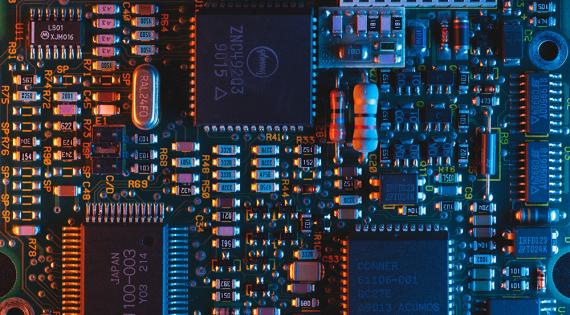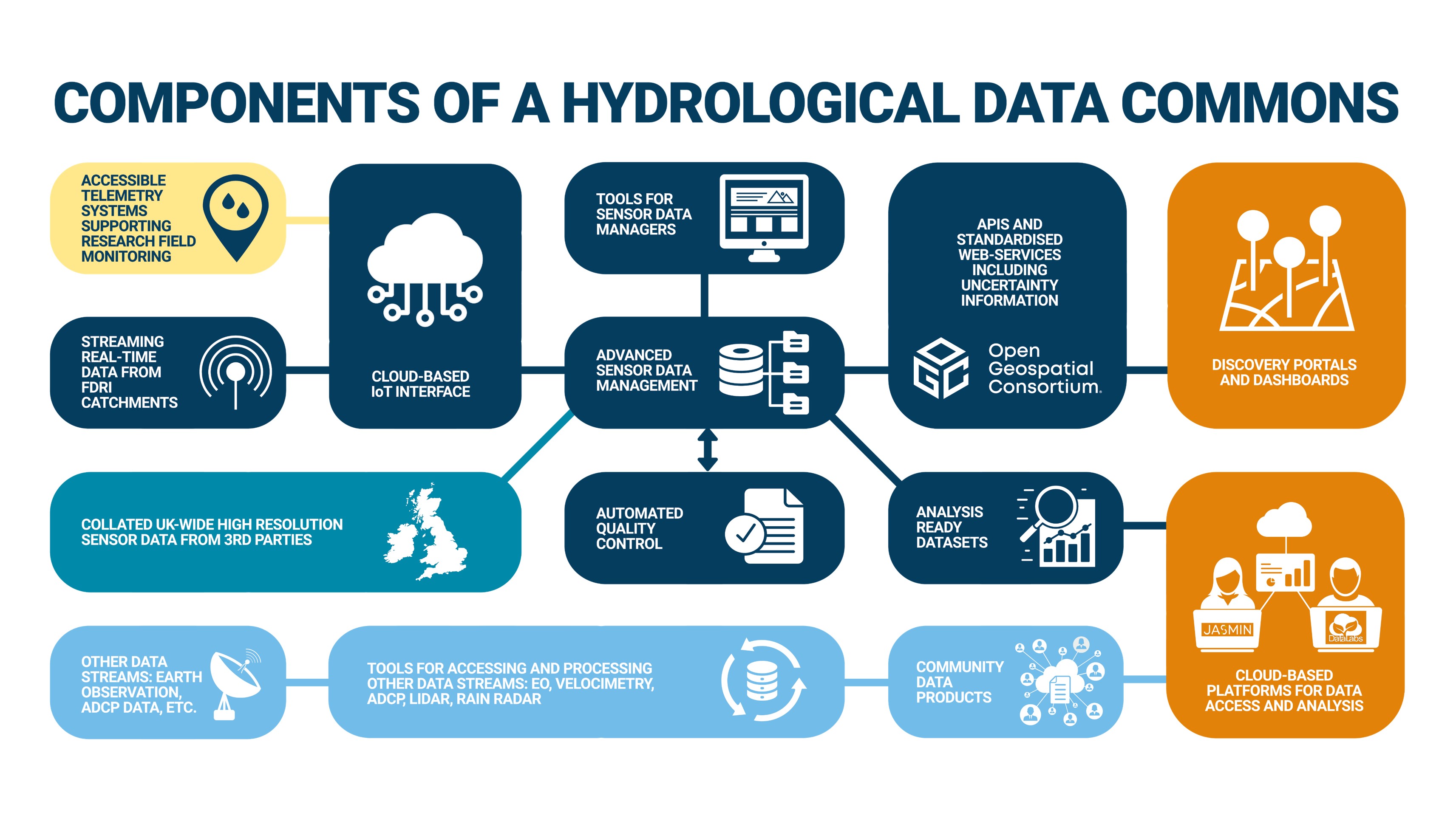FDRI will deliver openly accessible, near real-time data from all catchment and mobile monitoring infrastructure. This will use cloud-based “Internet of Things” approaches to capture sensor data and set a gold standard for research monitoring data provision. Data will be enhanced with automated quality control and filling in gaps using methods like machine learning.
Comprehensive sensor metadata, including uncertainty information, will be provided and datasets will have consistent formats to support integration with other data, and new research.





